Motorhome advice: How to adapt your motorhome or campervan for wild camping
Off-grid, freedom and wild camping are all terms used for camping away from proper campsites and this style of camping is gaining in popularity in the motorhome and campervan world. New Zealand has a self-sufficiency certified scheme and Australia has a ‘Leave no Trace’ code of practice in operation. There is no such guidance yet for Europe.
Camping for us means being able to up and go at the drop of a hat. Our motorhome is always ready — just add a few clothes and some water and we’re good to go. This has lead us mainly to off-site camping. Because of these preferences, I’ve been gradually increasing our independent capability on our 2015 Swift Rio for some time.
We tend to wild camp for as long as we can and then spend a day or so on a local CL/CS in order to replenish our supplies. The Camping and Caravanning Club will let you use all its facilities during the day on selected larger sites for the, not unreasonable, cost of £7.
Here are a few tips on how to increase your motorhome’s autonomy capability and camp responsibly:
Fitting larger-capacity habitation batteries and inverters
Bigger batteries are crucial for extended periods of off-grid camping. The vehicle was originally fitted with one 70Ah battery located under the driver’s seat. This was OK for a couple of nights, but no good for a serious time away from any hook-ups. I’ve upgraded to two 110Ah batteries fitted under the rear passenger seatbox (remember to weigh these and reduce your payload by that amount).
The seatbox space was virtually taken up by a metal strengthening frame fitted by the manufacturer. I removed the frame (as we don’t carry passengers), which freed up all of the space within the seatbox. I then carefully re-strengthened the seatbox by making new vertical compartments, gluing and screwing new MDF sections in place.
The redesigned seatbox now had enough room and strength to house the new larger batteries, control box, charger and new inverter. Not only that, it had quite a bit of extra space left to store plenty of odds ‘n’ sods. It was also plenty strong enough to support adults while dining.
Inverters work by transforming 12V DC from the habitation batteries into 240V AC (mains power). They come in various sizes (measured by their outputs in watts) and can be either pure sine wave (PSW) or modified sine wave (MSW). The PSW type will run any type of equipment and replicates your supply at home. The MSW machines are cheaper size for size but will not power some sensitive equipment like chargers and hair straighteners.
Our main needs were covered by a 1,000W MSW, which runs our microwave (it’s rated at 800W but draws 1,300W) as well as the 1,000W kettle, iron and toaster. I also fitted a smaller 300W PSW unit to run the sensitive stuff alongside the main inverter. This is fused and remotely switched via a 100A latching relay to avoid a continuous drain on the batteries.
We use the inverter as sparingly as we can, as it knocks the hell out of the leisure batteries (800W inverter means 67A from your batteries!). LPG gas appliances are preferred where possible as they are far more frugal – I know that MMM contributor, Clive Mott, worked out that one small gas cylinder has the energy equivalent of about 42 leisure batteries!
Fitting a solar panel to your motorhome or campervan
We don’t normally tend to stay in one place for more than a few days, so the batteries get charged from the engine during travel but, for longer stays, we need to keep the batteries topped up. One of the best ways to do this is by fitting a solar panel on the roof.
Our Rio was prewired and ready to accept a new panel up to 100W. I glued a German low-ambient unit on the roof with Sikaflex 512 and positioned a Sargent solar controller in the cupboard. The job was easy thanks to Swift’s foresight and Sargent’s technology.
Do I need a high capacity fresh water tank?
It stands to reason that, if you are away from a water tap for a while, you’re going to need a larger fresh water reserve to see you through. Extra containers can be carried, but these take up valuable space so I decided to modify the Rio’s water tank (read Ian's step-by-step guide here).
The Rio’s underslung fresh water tank had a lot of wasted space around it. So I removed it and modified it, increasing the capacity from 90 litres to around 130 litres. This has increased our self-sufficiency dramatically. To prevent the fresh and waste water tanks freezing in cold weather, I’m also planning to insulate both tanks.
Consider what effect the extra water will do to your payload as some new motorhome payloads are calculated with the tanks dry. In order to capitalise on your water capacity some simple techniques can make a big difference:
- Don’t let the tap run when doing stuff like cleaning your teeth
- Lather-up before you turn the shower on and use an eco shower head with trigger control
- Flush the toilet with grey water or use a spray bottle with pink additive
- Use hand gel for hand washing.
Switch to an underslung LPG tank
We were short of external locker space on the Rio. It only had the one locker and, with the gas bottle in position, there wasn’t much room for anything else. So, we decided to relocate the gas storage to underneath the vehicle. By switching to an underslung LPG tank we managed to increase the gas storage capacity and free up the locker space. This meant that all the outdoor equipment like EHU lead, ramps, hoses, jump leads, tow ropes, etc, didn’t now need to be dragged through the habitation area. The other benefits are cheaper gas and relief for my poor bad back as there are no more cylinders to lug about!
LPG is cheaper than bottled gas and can be topped up anywhere in Europe with the correct adaptor. A spare connection in the locker enables a spare gas bottle to be connected if required. If the underslung tank you’ve fitted is of a similar size to your existing gas bottle (or pair of gas bottles) it should have little effect on the payload – but work out the weight before you fit it.
Carry a spare toilet cassette tank
Carrying a spare toilet cassette can double your off-site camping capabilities (it’s usually easier to get water than empty the toilet). We can easily last for four days before we need to empty the C250 cassette, so a spare cassette would take us up to eight days. But where to store it? Most motorhomes have limited possibilities for storing such a large item, empty – let alone a full one! There are numerous places under a typical motorhome where something this size could be housed. Under the side skirts is possible, or centrally in the chassis at the rear.
The underslung idea had few drawbacks for us as the Rio has plenty of space to fit the cassette tank under the floor of the vehicle. Firstly, I held up the existing tank for size in the preferred place under the ’van to make sure that the job was doable before I spent nearly £90 on the new cassette kit.
Consideration should be given to the sliding mechanism and seal on the top of the cassette. If road dirt gets into this area it could compromise the long-term operation of the seal. It’s also worth noting the weight – a full cassette tank will knock about 25kg off your payload.
Wild camping: The off-grid code of practice
In the public’s eyes you represent the whole of the motorhoming community, so never leave a mess and always try to leave the area tidier than before. Also, be considerate to others as any complaints usually will end up with the local council/operator closing the site. Spend some money locally and make sure the locals know who’s spending it!
When parking in an unmarked car park always try to park end-on to any view (rather than side-on). This will give you the smallest profile and hence the least impact on other users or local residents.
Never put your toilet waste into manholes without permission. Even then, make doubly sure that it is a foul drain (sewer) rather than a surface water drain. Never drain grey water in a public area – it’s illegal. If you wouldn’t drain it onto your drive, don’t drain it onto the land. Even though it is only soapy water, the public don’t know this and could be suspicious and alarmed.
Being a responsible motorhomer is all about image. Never outstay your welcome. After a day or so give someone else a chance. If possible, arrive late and leave early. Don’t give the impression that you are taking over by scattering your stuff all over the place and erecting perimeter fences.






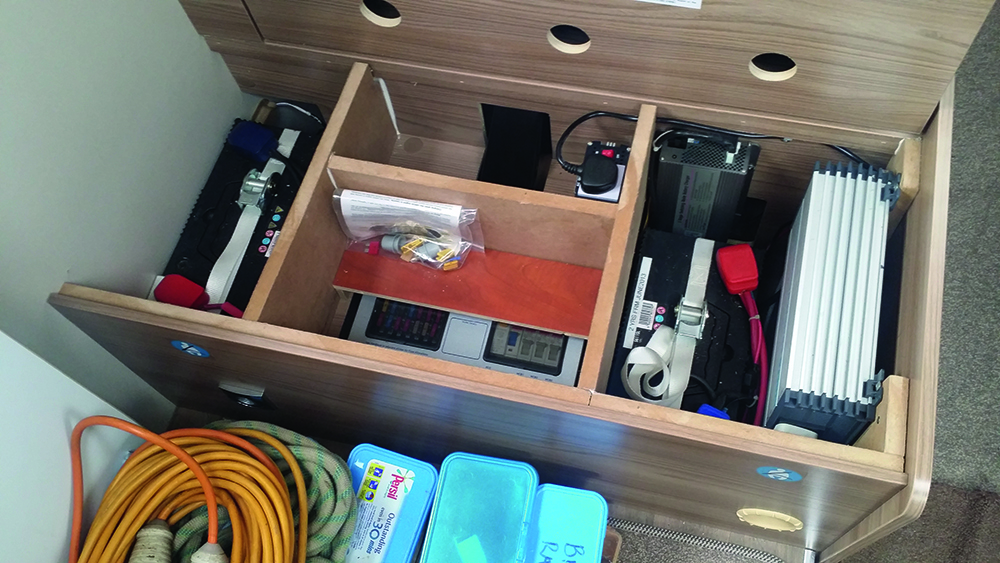
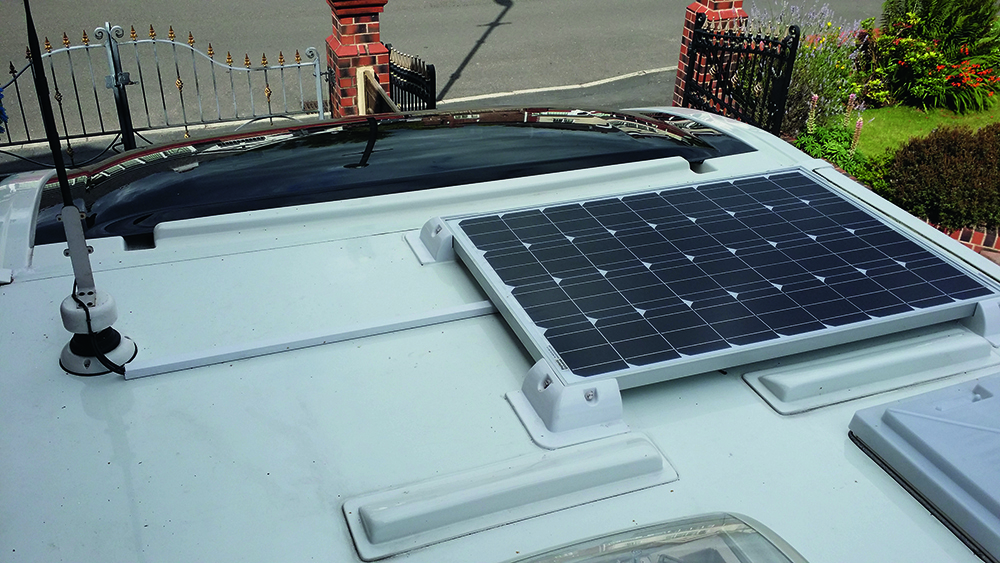
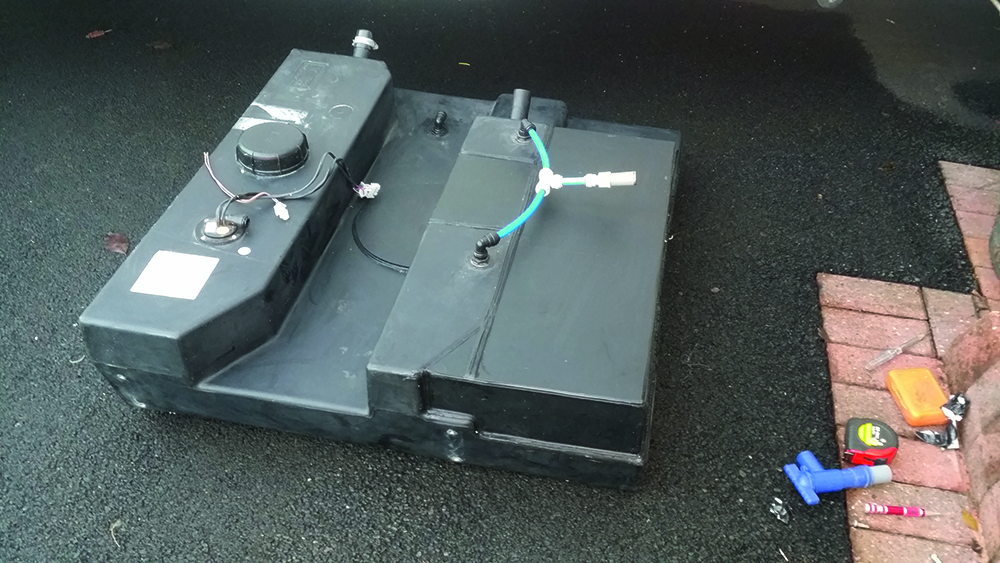
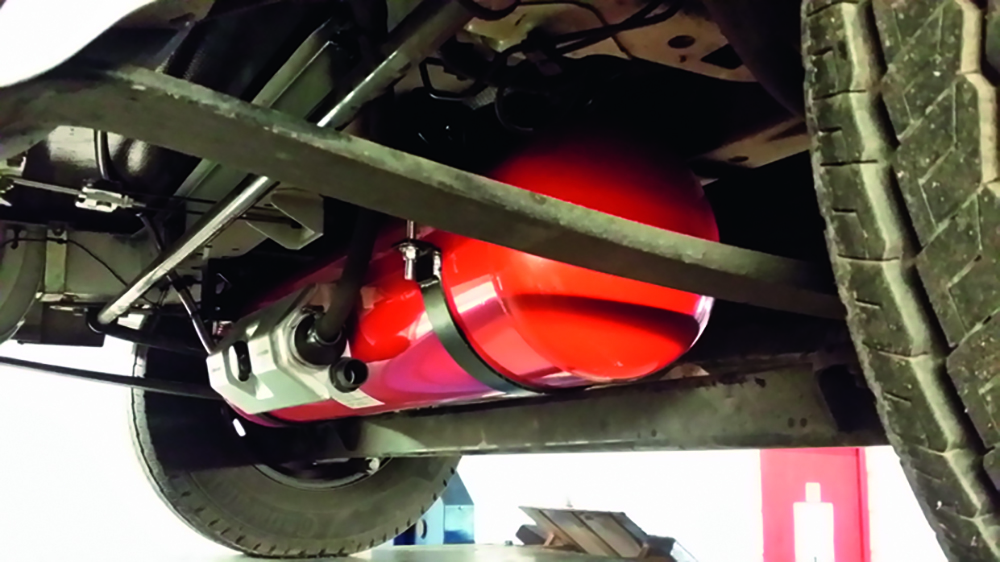
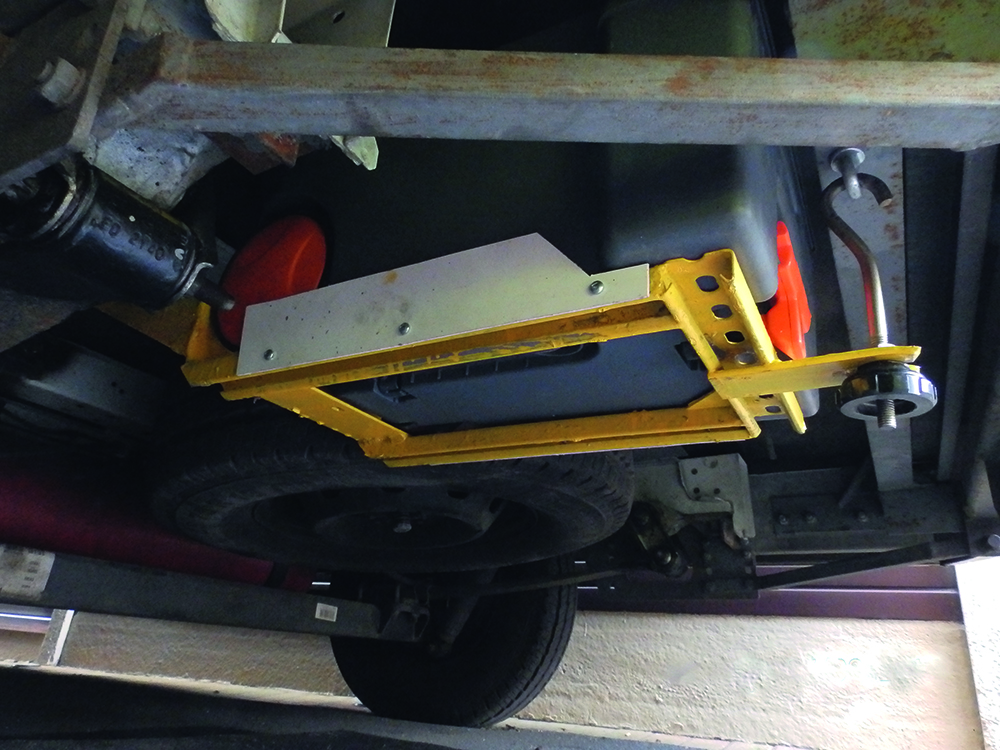
.jpg)


Recent Updates
Engine management lights: all you need to know
What is the engine management light? What does it mean, and what do I have to do? ...
Motorhome air suspension: all you need to know
Motorhomes are heavy and the additional weight of equipment and height of the bodywork can increase the loads ...
Motorhome WiFi: how to get better motorhome internet
Staying connected on the move is more and more essential, so relying on campsite WiFi isn't an option – here ...
A class of their own - our guide to A-class motorhomes
Thinking of trading up to an A-class, or even going straight to the top of the motorhome tree? We guide you ...
Explore overseas on a motorhome dream tour
Enjoy exotic travel in a campervan or motorhome by hiring, swapping with someone else or exporting your ...
Motorhome water systems: everything you need to know
On-board water is an important part of every motorhome – here’s everything you need to know ...
Campervanning in Europe: what you need to know
Whether you're planning a leisurely drive through the French countryside, navigating bustling city streets in ...
Campervan security: all you need to know
With thefts on the increase, it’s important to know how to keep your campervan secure and prevent campervan ...
Campervan furniture: everything you need to know
Our campervan experts guide you through all the essentials for your campervan, including tables, chairs, ...
Campervan finance: how to fund your purchase
Here we look at the different types of campervan finance available, to help you decide what’s the best option ...
Other Articles
Britain’s best used motorhomes
Want a great motorhome without paying the premium for a new one? Here's a guide to the best you can get in the pre-owned market for each layout, ...
Which motorhome? Choosing the perfect motorhome for you
Choosing a motorhome or campervan is one of the biggest buying decisions you’ll ever make, so it's important ...
Campervan washroom essentials: stay fresh on the road
Our guide will take you through the campervan washroom essentials you'll need so you're well-prepared for ...
Dogs in campervans: all you need to know
Follow our advice and your dog will enjoy campervanning as much as you do ...
Electric campervans: all you need to know
Our guide will take you through everything you need to know about electric campervans and what the future ...
Motorhome electrics: a complete guide to your motorhome electrical set-up
Motorhome electrics can dramatically enhance the convenience and comfort of your vehicle – but they can be ...
Lighting for campervans: all you need to know
We guide you through all the lighting options available for you and your campervan, including interior ...
Electric bikes for motorhomes: our ultimate guide
Read our comprehensive guide to electric bikes for motorhome owners, helping you add electric power to your ...
Our guide to 'cheap' motorhomes in 2024
If you're on the hunt for an affordable new motorhome, this is the best place to start – we've rounded up a ...
Campervans in winter: all you need to know
Here's your guide to preparing your campervan for the colder months, whether you will be using it or putting ...